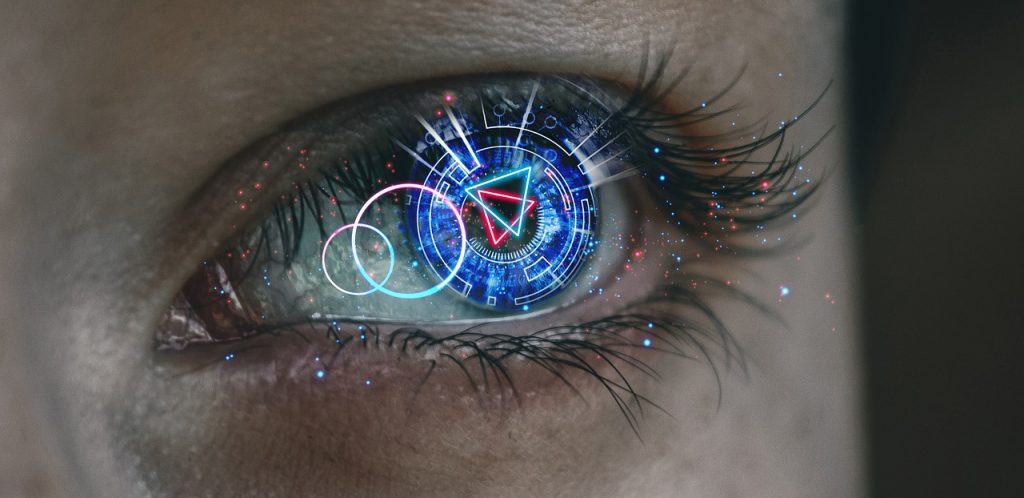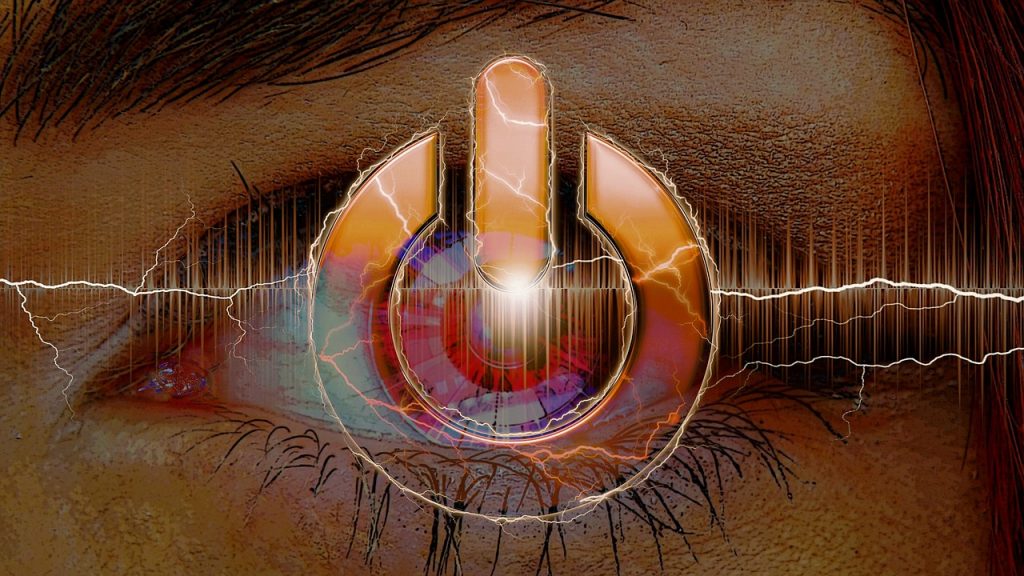New Tech Could Help Blind People To See
A groundbreaking new type of technology is now being made to help blind people see for the very first time in their lives.
This article is more than 2 years old

Medical advancements are becoming increasingly more profound as the years progress forward. It is now commonplace to wear smart devices capable of tracking vital stats such as heart rate or oxygen saturation. The Apple Watch has even helped to save numerous people’s lives who have suffered falls in remote areas because of its capability to detect such an occurrence and alert the paramedics. The BBC detailed that medical tech is now taking another big step forward with bionic eyes that can help people to see who can’t.
The bionic eye that’s spearheading this profound medical breakthrough is called Phoenix 99. It is an implantable device that works by stimulating the retina of a vision-impaired person. Phoenix 99 is unique because it is able to determine which retina cells are still functional and focuses only on stimulating those while avoiding the non-functioning cells.
The project is being led by a team of researchers from both the University of Sydney and the University of New South Wales in Australia. The researchers initially tested out the bionic eyes in a flock of sheep to ensure that the implant could be tolerated by an individual. The sheep did exceedingly well which has since prompted testing to move to human trials. Samuel Eggenberger, a biomedical engineer at the University of Sydney’s School of Biomedical Engineering, promisingly relayed that “There were no unexpected reactions from the tissue around the device, and we expect it could remain in place for many years.”
Dr. Diane Hilal-Campo, a New Jersey-based ophthalmologist, proudly touted how much technology has helped to better treatment options for patients in general. “Innovations have not only made diagnosis easier and more precise but have transformed patient care for the better,” said Hilal-Campo. She detailed that Phoenix 99 is not the only bionic eye tech being leveraged to help people see. The company Second Sight has fitted its bionic eye in over 350 vision-impaired patients.

Moreover, Second Sight is currently working on a way to take its bionic eye technology to the next level. They are calling it Orion and it’s actually not a bionic eye at all, but an implantable brain-stimulating device. Orion is still in the very early stages of its clinical timeline, however, should it become an official ophthalmological resource it could help people with types of blindness that exceed the current capabilities of bionic eyes at present.
While the advancements surrounding the use of bionic eyes in blind people are encouraging, Bhavin Shah, a London-based optometrist, says that the technology still has a long way to go. He detailed that, similar to any technology, when something is initially introduced it is costly, making it difficult for the general public to gain access to it. However, over time costs drop and that’s when one can expect to see bionic eye tech become more mainstream. It’s similar to how at first 4K TVs were untouchable because of their price tags, but now they have become readily available at much more modest price points.
For now, however, Dr. Karen Squier, an associate professor and chief of low-vision services at the Southern College of Optometry in Memphis, pointed to the fact that there are many accessibility features offered by tech companies like Apple and Microsoft that can make a world of difference for the vision-impaired person in the meantime. Still, Squier confidently asserted her belief that overall “…bionic eyes are going in the right direction.”





